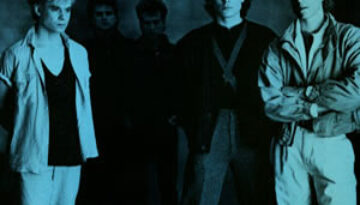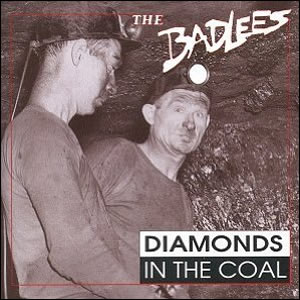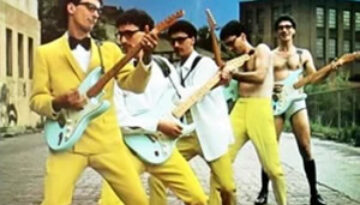Nervous Night by The Hooters
Buy Nervous Night The Hooters big label debut was, by far, their most successful album in America. Nervous Night sold over two million copies, achieving multi-platinum status, and spawned multiple Top 40 hits. […]

Buy Nervous Night The Hooters big label debut was, by far, their most successful album in America. Nervous Night sold over two million copies, achieving multi-platinum status, and spawned multiple Top 40 hits. […]

Buy Diamonds In the Coal At a time when many in the rock world were in the process of re-imaging from the slick 80’s hair band to the grungy 90s alternative, a young […]

Buy Back On the Streets Released in the summer of 1980, Back on the Streets was the debut solo record by Pittsburgh based artist Donnie Iris. This came after Iris spent more than […]

Buy Abandoned Luncheonette For all the success that this Philadelphia-based duo would experience later on in their career, Daryl Hall and John Oates struggled to find a commercial footing early on. That’s not […]